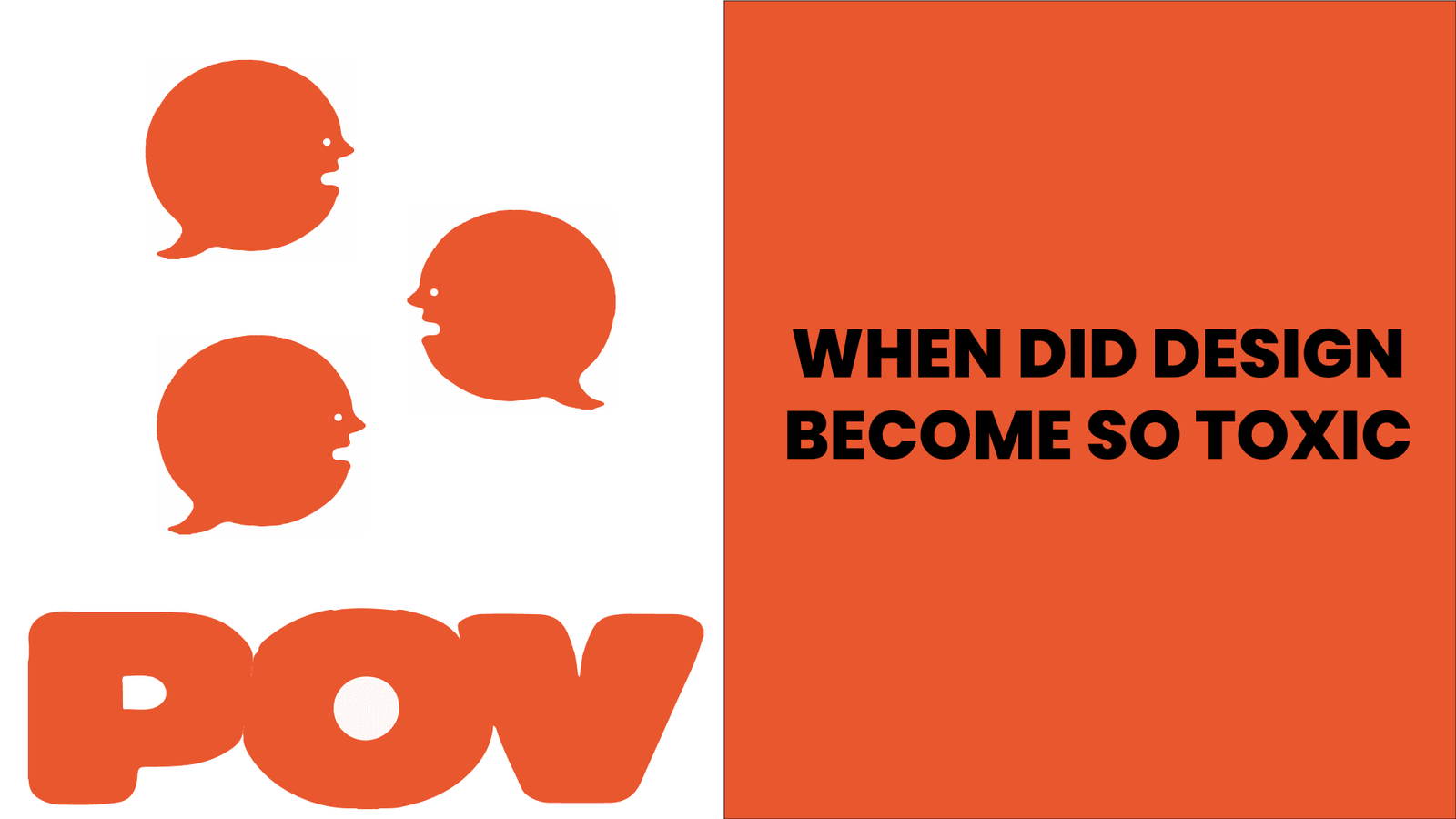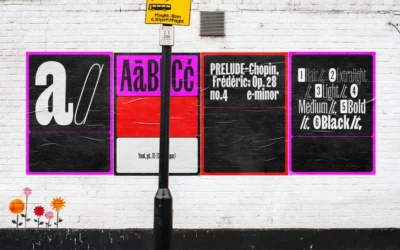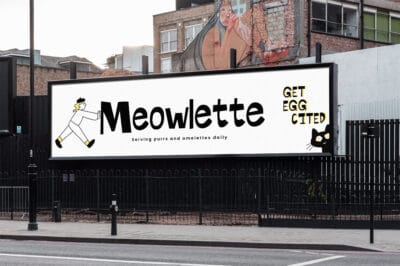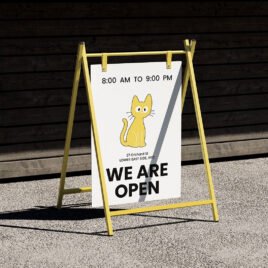In today’s digital landscape, launching a brand redesign has become increasingly perilous. The moment a company unveils their new brand identity, social media erupts with instant judgments that can make or break public perception. While healthy critique drives industry growth, the line between constructive feedback and destructive criticism has become dangerously blurred.
The Rise of Instant Brand Identity Judgment
Social media platforms have transformed how we consume and critique brand design. A single post showcasing a logo redesign can generate thousands of comments within hours. However, these snap judgments often lack the context necessary for meaningful evaluation. Unlike traditional design criticism, social media commentary focuses on immediate visual impact rather than strategic brand positioning or long-term business objectives.
This phenomenon has created a culture where brand identity projects are judged solely on aesthetic preferences rather than their effectiveness in achieving business goals. The result? A growing fear among businesses to pursue innovative branding solutions.
"Criticism becomes problematic when it targets individuals personally rather than addressing design choices."
When Brand Design Criticism Becomes Toxic
Constructive criticism serves an essential purpose in the design industry. It challenges creative professionals to elevate their work and helps businesses make informed decisions about their brand strategy. However, criticism becomes problematic when it:
- Targets individuals personally rather than addressing design choices
- Demands immediate dismissal of creative teams
- Lacks specific, actionable feedback
- Ignores the strategic context behind design decisions
Recent high-profile brand redesigns have demonstrated how quickly professional discourse can devolve into personal attacks. This shift from critique to character assassination damages not only the individuals involved but the entire branding industry.

The Hidden Cost of Social Media Brand Shaming
The real danger lies in how this toxic environment affects client behavior. Business owners and marketing directors, already nervous about significant brand investments, become increasingly risk-averse when faced with potential social media backlash.
Consider the psychology of brand decision-makers: they’re investing substantial resources in a rebrand, knowing their choice will be scrutinized publicly. The fear of becoming the next viral “branding disaster” pushes many toward safe, generic solutions that won’t generate controversy – or memorable brand experiences.
This conservative approach ultimately harms:
- Creative agencies that lose opportunities for innovative work
- Businesses that miss chances to differentiate themselves
- Consumers who encounter increasingly homogeneous brand landscapes
- The industry which stagnates without creative risk-taking
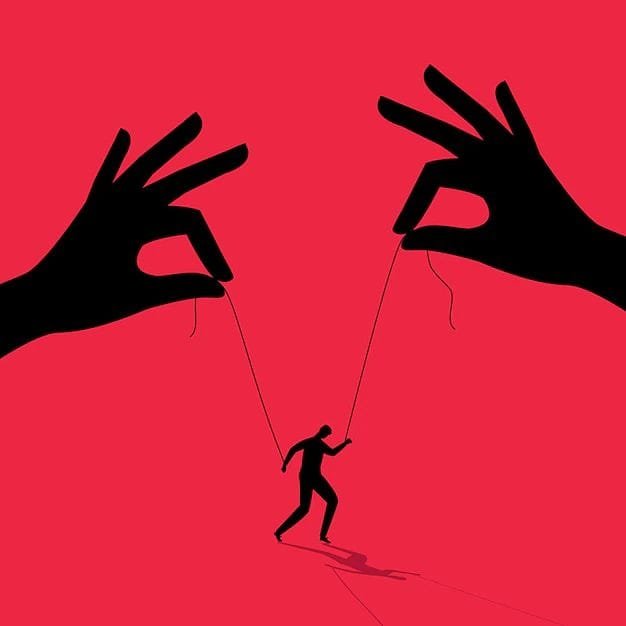
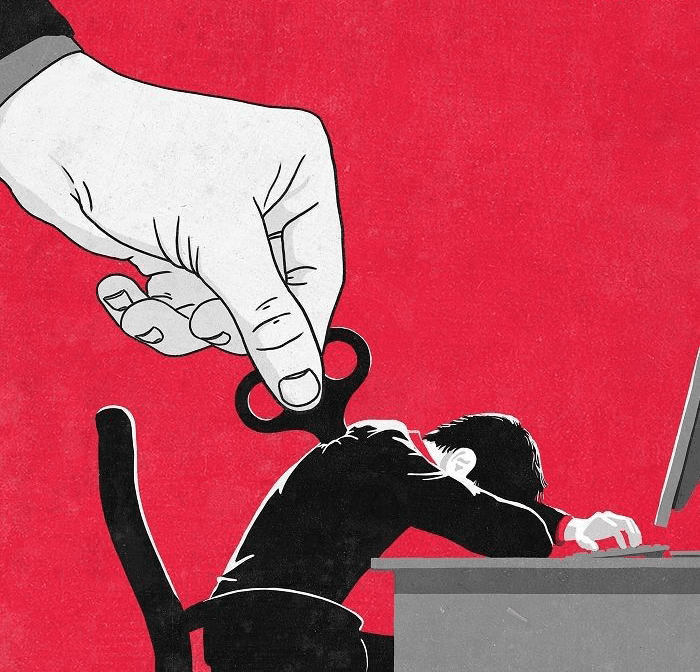
The Long-Term Perspective on Brand Identity Success
Successful brand design requires time to prove its effectiveness. History shows us numerous examples of initially controversial rebrands that became iconic over time. The key metrics for brand success – recognition, recall, and business impact – cannot be measured in the first 24 hours after launch.
Professional brand designers understand that effective brand identity serves specific business objectives beyond visual appeal. A rebrand might prioritize market expansion, demographic targeting, or operational efficiency over immediate aesthetic approval. These strategic considerations rarely translate into Instagram-friendly explanations.
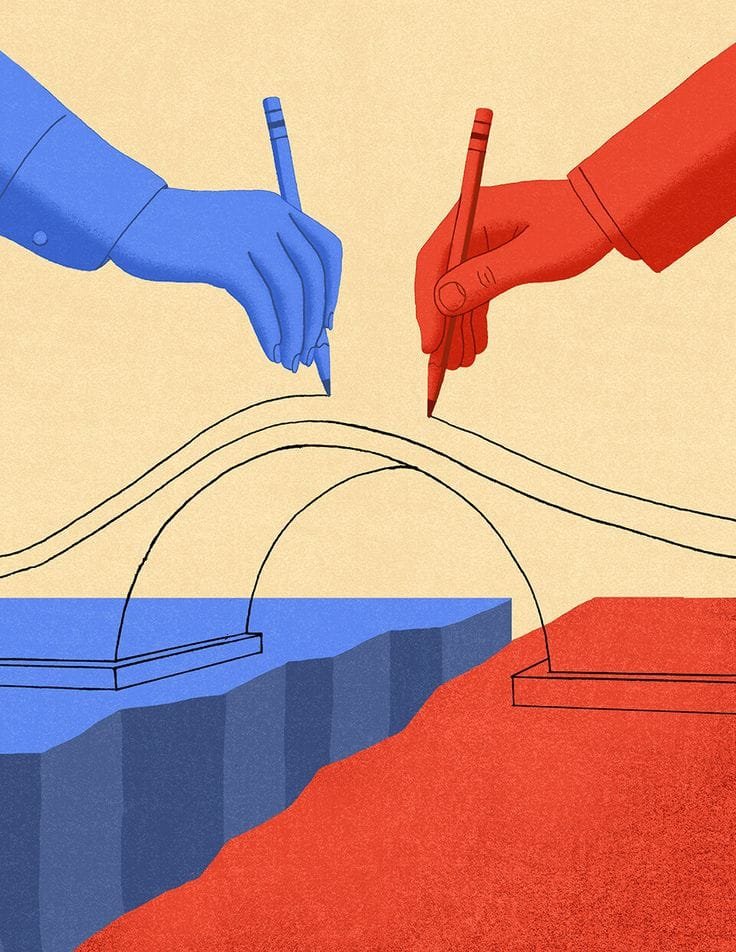
Building a Healthier Brand Design Discourse
The solution isn’t eliminating criticism – it’s elevating the quality of our professional dialogue. Constructive brand criticism should:
Focus on strategy: Does the brand identity align with stated business objectives?
Consider context: What challenges was the rebrand designed to address?
Evaluate execution: Is the visual system cohesive and functional across applications?
Allow time: How does the brand perform after initial market exposure?
Design professionals can lead this change by modeling thoughtful critique and challenging toxic commentary when encountered. By raising the standard of professional discourse, we protect both creative innovation and industry reputation.
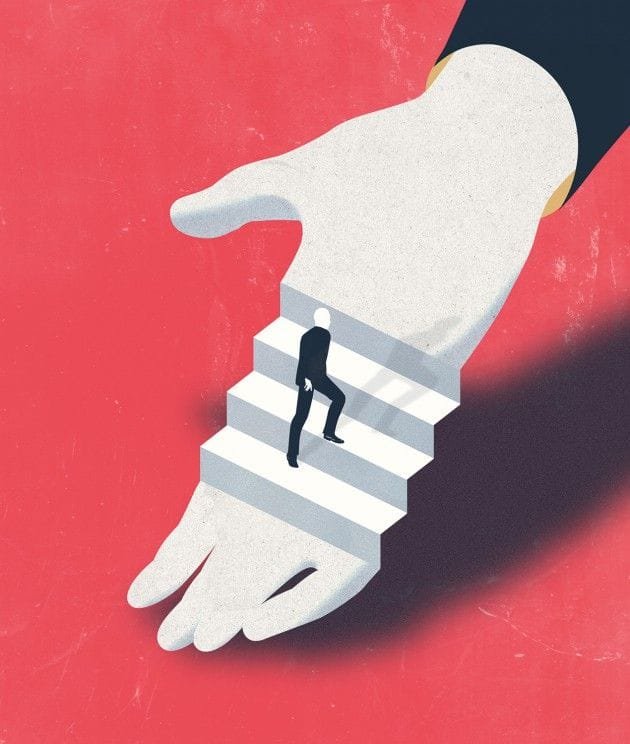

Protecting Creative Innovation in Brand Design
Moving forward, the branding industry must balance openness to feedback with protection of creative risk-taking. This means:
- Educating clients about the natural adjustment period following brand launches
- Providing comprehensive context when presenting rebrand projects
- Supporting colleagues facing unfair criticism
- Celebrating bold creative choices that advance the industry
The future of brand design depends on maintaining an environment where businesses feel confident pursuing distinctive brand identities. Only through continued creative courage can we deliver the memorable, effective brand experiences that drive business success.
Conclusion
Social media has democratized design criticism, but democracy requires responsibility. As branding professionals, we must foster an environment that encourages innovation while maintaining professional standards. The alternative a landscape of safe, forgettable brand identities, serves no one’s interests.
Let’s commit to constructive critique that elevates our industry rather than tear it down. After all, the brands we create today shape the visual culture of tomorrow.
Looking for expert support in branding, design, or packaging? Discover how Brandlic turns creative ideas into powerful brand experiences.
Explore our services →
